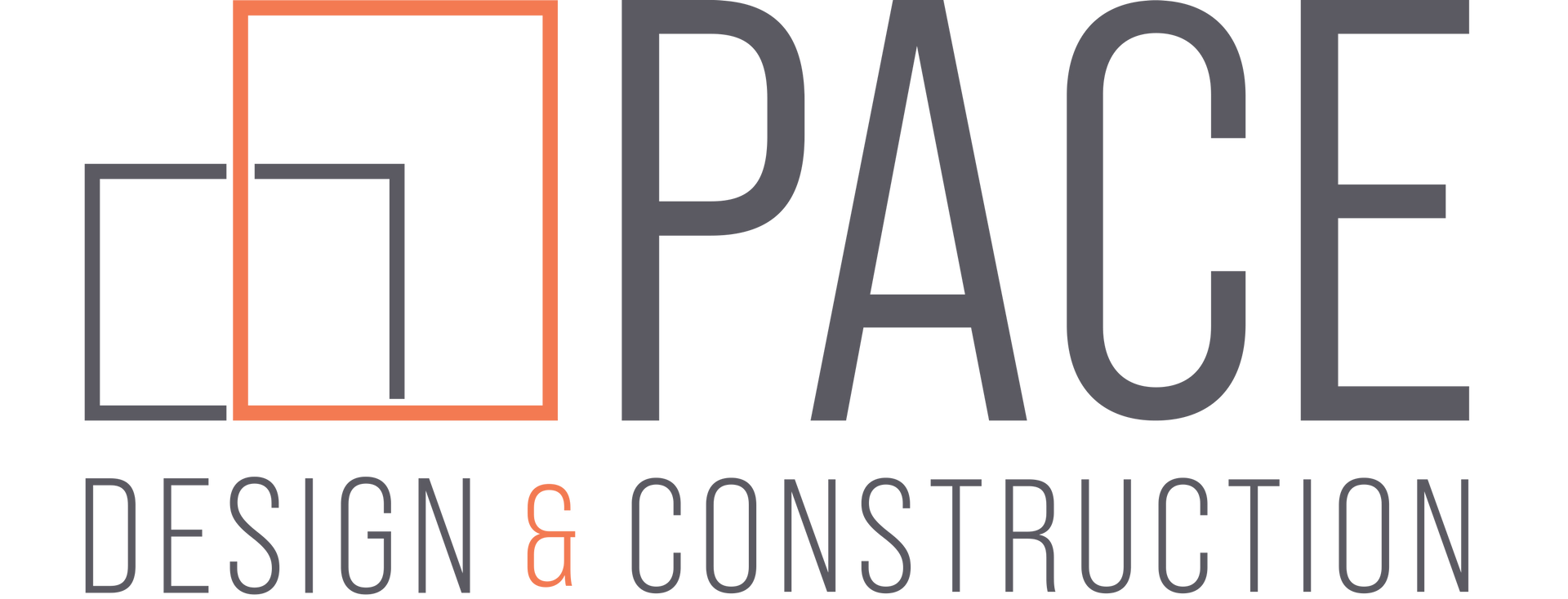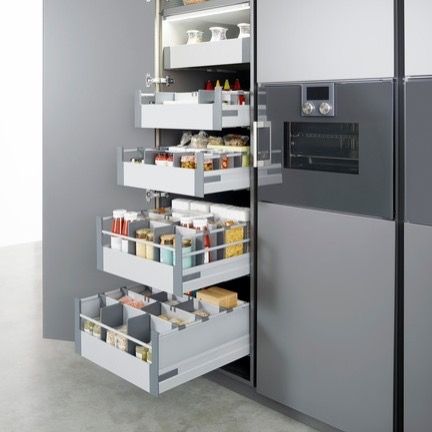Best Practices for a Clutter-Free Kitchen
The number one regret among homeowners (Washington, D.C. and nationwide who recently renovated their kitchens was insufficient storage and organizational tools. We highly recommend to homeowners Washington, D.C. to plan for adequate storage because a well-designed kitchen is an organized kitchen. A good starting point is to measure and inventory the kitchenware that you use most often and that cater to your lifestyle and family needs.
For example, a drawer at the top of the cabinet combined with shelving underneath allows for storage of smaller, frequently used items in the more reachable drawer, while the shelf storage accommodates larger and less frequently used items, such as food processors and stand mixers. Not only does this approach save time in preparing meals, it also is easier on your back.
Here are several of our favorite storage solutions.
Drawer organizers: These tools allow homeowners Washington, D.C. to have a specific place for flatware, utensils, knives, and other kitchen tools.
Lid storage: Lid storage is a welcomed option because pan and pot lids are often difficult to organize. A lid storage compartment typically comprises a drawer within a drawer with a shallow compartment on top for lids and the pots located underneath. The drawer within a drawer slides individually.
Vertical storage: Many homeowners Washington, D.C. first think of storing their kitchen utensils in a horizontal position. Vertical storage compartments for whisks, spatulas, slotted spoons, etc., make it easier for you to see and retrieve those tools. A vertical storage cabinet can often make use of small spaces that might otherwise go unused, such as spaces next to the range or kitchen sink that can house cookie sheets, cutting boards, trays and platters. Vertical storage is also appropriate for cutlery. It’s not difficult to divide a drawer into small deep individual compartments for knives, forks, teaspoons, soup spoons and salad forks.
Corner cabinet storage: Corner cabinets with pullout storage make productive use of space that can be used to store pots, pans, food items, small appliances or other commonly used kitchen items.
In-drawer charging systems: A docking drawer can not only be used to store kitchen items, but it also serves a place to charge laptops, cellphones, tablets and contributes to cleaner lines in a newly remodeled kitchen because it eliminates the need to see wires and set devices on countertops.
Broom closets: We often recommend, space permitting, homeowners Washington, D.C. install a tall narrow cabinet that can be used to house brooms, mops, vacuum cleaners and other tall cleaning tools that is equipped with a power outlet for recharging.
Pantries: Either walk-in or pull out in kitchens where space is at a premium.
Spice cabinets: Homeowners Washington, D.C. who cook often continue to relish having spices organized and easy to reach. Often spice cabinets are located in a narrow pullout cabinet next to the cooktop or range.
When you inventory your kitchen, make a list of and measure items that you currently store and those that you would like to store. Remember, storage capacity affects usable counter space. Many existing kitchens include mixers, blenders, food processors, coffee pots, et. al. sitting on the counter because there is insufficient cabinet space. Cluttered countertops eliminate the possibility of having a clean look.
If you would like assistance for creating a clutter-free kitchen, call us at (888) 565-1025 or visit our showroom at 1140 3rd St NE, 2nd Floor Suite 200, Washington D.C. 20002.








